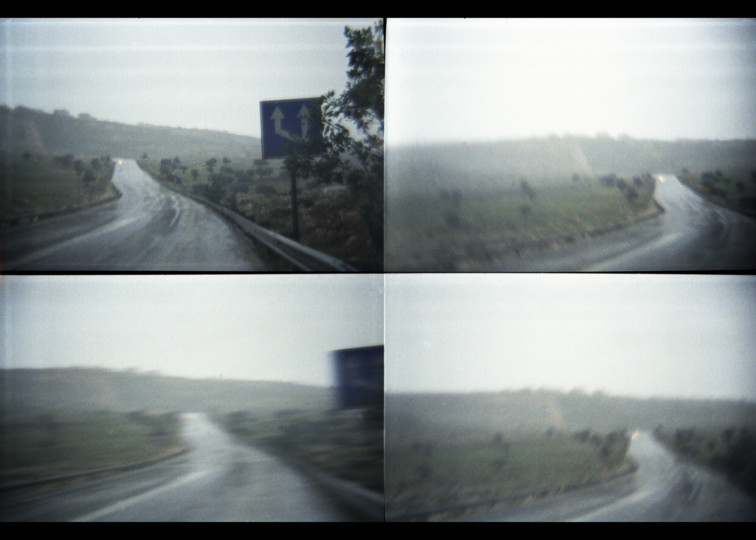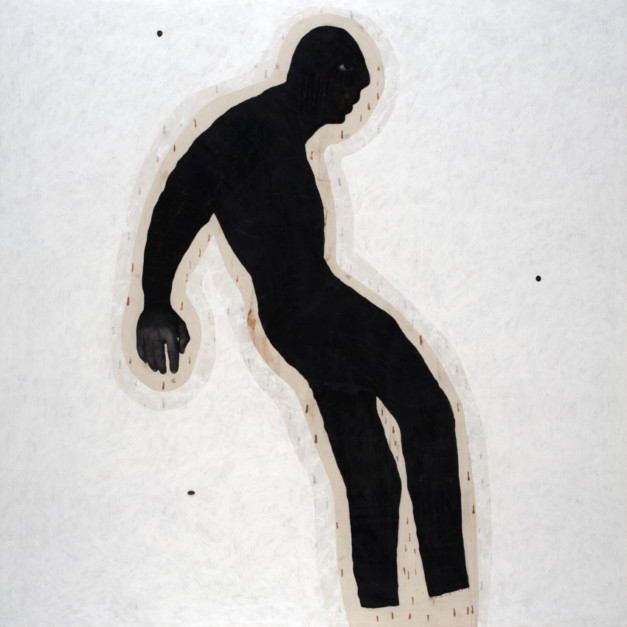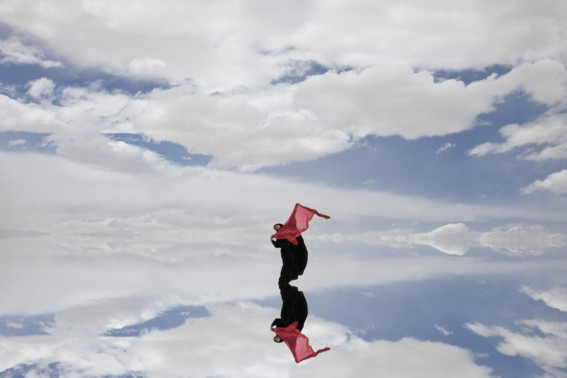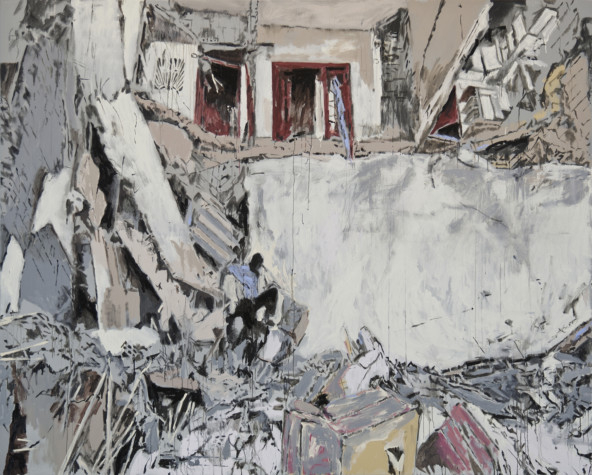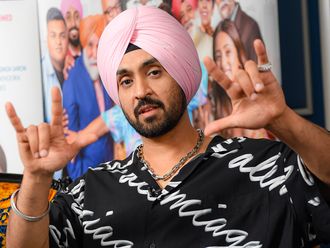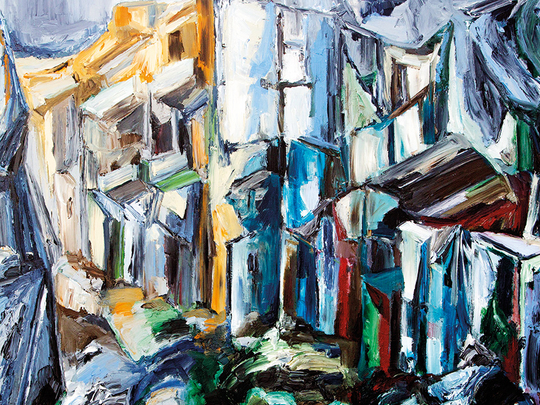
As the conflicts in this region, and across the globe, continue to cause immense destruction and human suffering, the art world is grappling with questions about the function of art and the impact it can have in this context. Artists, curators and critics are debating whether the idea of art holding up a mirror to society has become a meaningless cliché, and what difference art can really make in such an environment of cynicism and despair.
These are questions that artists in the Arab world have been dealing with for decades; and they have found that documentation, whether realistic or metaphoric, is one of the most effective ways to capture the zeitgeist.
In the past, Arab artists have chosen to blend objective observation with subjective opinions and feelings, to reflect what is happening around them. But, how are contemporary Arab artists approaching recent conflicts in the Middle East and North Africa through the formalism of their media; and how are they exploring the ways in which aesthetics can provide a means of representing what is often difficult to describe? These are the issues examined by Ayyam gallery’s latest show, ‘Our Night is Long’.
The show’s title is adapted from Palestinian poet Mahmoud Darwish’s poem, Iraq’s Night is Long, which mourns the destruction of the country. It features works by Sadik Kwaish Alfraji, Sama Alshaibi, Thaier Helal, Rula Halawani, Fathallah Zamroud and Tammam Azzam, highlighting some of the ways Arab artists have addressed the calamities that are currently afflicting the region.
Azzam and Halawani’s works in the show are focused on documenting the destruction of communities and their surrounding environments caused by the Israeli occupation of Palestine and the Syrian conflict. Azzam’s haunting, realistic paintings in gloomy shades of grey are from his recent Storeys series, and based on the images of Syrian cities such as Homs and Aleppo that he sees in the media. They depict rows of destroyed buildings and streets filled with rubble, bereft of people and the buzz of daily life, telling the tragic stories of the ordinary Syrians who once lived in every storey of the damaged buildings, and have now lost their homes and their dreams.
Jerusalem-based Halawani’s emotional photographs speak about the illegal Israeli occupation of Palestine from the vantage point of her own fading memories and feelings of loss and alienation. They include a work from a deeply personal project, ‘For My Father’, during which she revisited the places in historic Palestine where her father often took her as a child, and documented the changed landscapes of those once familiar places.
Alfraji and Alshaibi work with different media, but they have both used the body to depict the impact of displacement and exile. Alfraji, who is from Iraq, has been living in exile in the Netherlands for many years. The melancholy figures in his paintings speak about loss, exile, fragmentation, displacement and the struggles of human existence. The show includes works on paper and canvas from his 2013 Cocoon series, where a dark, desolate, suspended human figure represents an existential crisis in a moment when one becomes aware of the collapse of one’s delusions of freedom and safety.
Alshaibi also portrays the physical, emotional and psychological trauma of migration and search for identity through the body. Her self-portraits in various deserts and oases, from her Silsila series reference her own experiences as an Iraqi-Palestinian migrant to the US, to talk about issues such as the fear of ‘the other’, and the destruction of eco-systems, which is a major cause of war and migration, while also expressing her faith in nature’s power to recover and regenerate.
Helal also suggests the possibility of renewal in a highly textured, mixed media painting, Mountain, where nature appears to transform the ruins of devastated landscapes. On the other hand, Zamroud’s paintings convey the sense of chaos in the region.
Our Night is Long will run at Ayyam gallery’s space at 11, Alserkal Avenue in Al Quoz until August 31.



